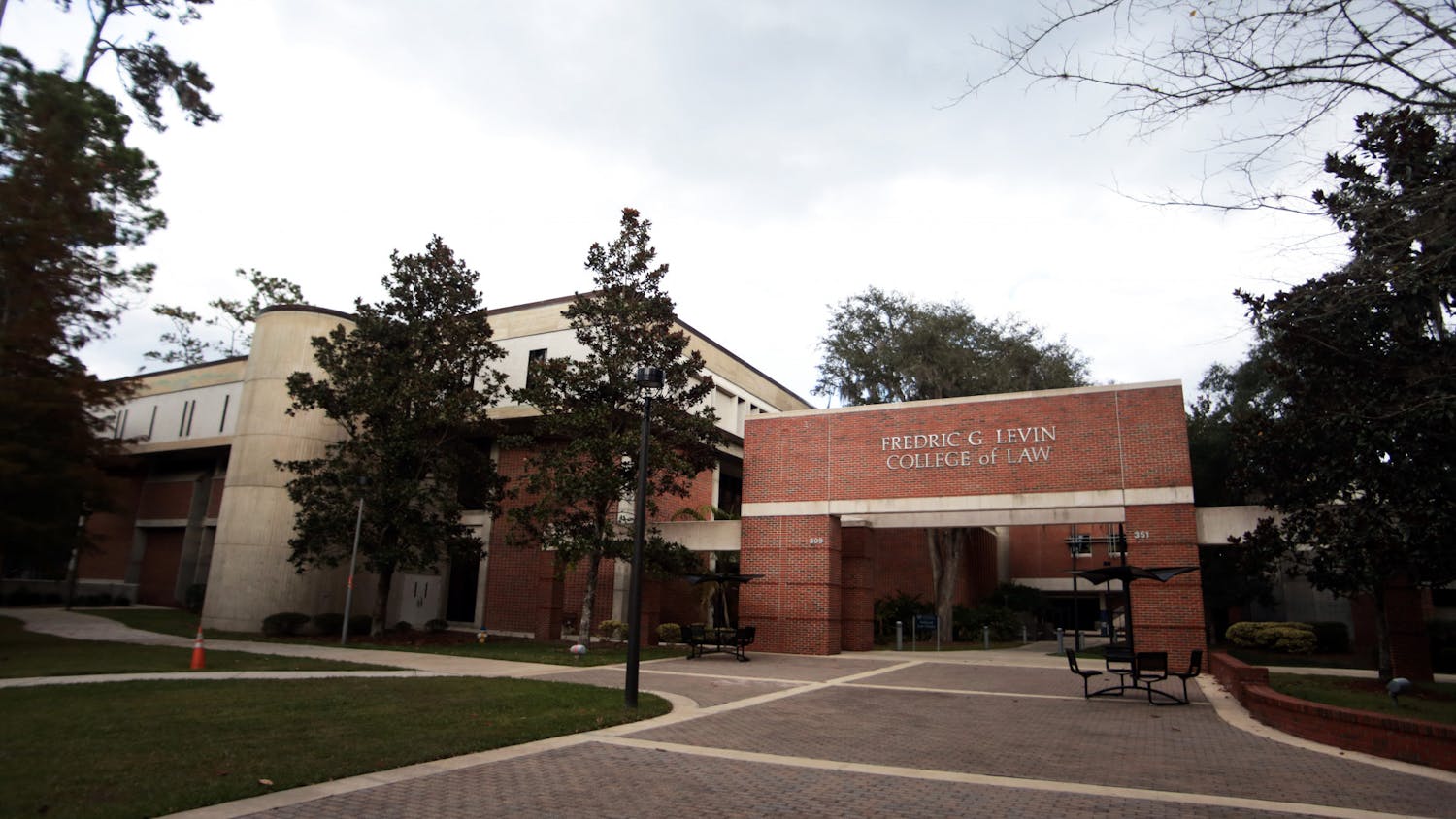As Gainesville’s population has swelled, the city’s fire rescue is grasping for resources to meet demands.
In the past five years, Gainesville Fire Rescue’s total emergency responses have increased 20 percent, Fire Chief Jeffrey Lane said. The number of staff, however, has stayed mostly the same, with only 23 new employees added since 1991.
“Not many businesses can see that kind of growth without making some kind of adjustment,” Lane said.
The increasing number of calls has put three fire units at or near their maximum capacity of 3,030 responses a year, he said. When units reach capacity, they are too busy responding to calls to do proper maintenance and training.
When staff goes on more calls, it makes it difficult to get back in time to address new emergencies, he said.
The missing resources are not a crisis, Lane said. However, the situation cannot be ignored.
“At some point you do have to add stations, add units, add firefighters,” Lane said.
• • •
In 2014, GFR responded to more than 1,000 calls at UF. For free.
But because the school doesn’t contribute to city taxes, it has left GFR without a portion of potential funding.
A 2016 assessment determined responses to UF amount to anywhere from about $800,000 to $2.5 million — money GFR must spend without compensation.
“So much of the city’s area is off the tax roll, i.e., the University of Florida,” Lane said. “Normally if you take a city that has a 62-square-mile footprint like we have, they generate a lot more taxes. But we provide the same level of service as the pseudo-city, but only half pay taxes. So it creates a very restricted revenue stream.”
Lane said he cannot tell the university what to do, but hopes for some partnership.
UF spokesperson Steve Orlando said the university is committed to helping GFR achieve its objectives, but state funding restricts them.
Orlando said it’s not a matter of choice.
“We’re just not funded to do that,” he said.
• • •
Recommendations for GFR’s future have also been sent to the city manager, Lane said.
Assistant City Manager Paul Folkers said his department looks at the needs of GFR each year.
After assessing resources, a third-party consultant recommended putting a station by Southwest Archer Road and Interstate 75 to better serve the population.
The current focus is servicing the southwest area of Gainesville, especially because GFR will take full jurisdiction over the area in October 2017, Folkers said.
In 2008, the area was annexed into the city limits. GFR and Alachua County Fire Rescue have since negotiated over Station 19, located at 2000 SW 43th St. AFR decided not to sell to GFR because they operate ambulances out of the station, said AFR Chief Bill Northcutt.
With the offer to buy the station off the table, Lane said GFR will use a temporary station during the summer and look into building a station in the southwest area — a process that could take years.
In the meantime, a squad has been operating out of an apartment on Southwest 20th Avenue, Lane said. Building a new station is a big investment but necessary.
“It’s in the city and we need to provide that service,” Lane said.
• • •
To firefighter Nick Gonzalez, limited resources are as dangerous as any other threat the department may face.
As a union representative for the Gainesville Professional Firefighters, Gonzalez said he worries about what could happen if the lack of resources remains unaddressed. He fears lives lost.
“I mean, the thinner we are and the less people we have to respond to the calls, you’re going to see increased time to get to people needing help,” Gonzalez said.
Some of the recent city planning, which focuses on street-front buildings, creates a hazard for firefighters, he said. Firefighters cannot see around the buildings, forcing them to slow as they drive.
He mentioned The Standard at Gainesville, on the corner of West University Avenue and Southwest 13th Street, and the new McDonald’s on West University Avenue as an example of this risk.
“Unfortunately, we haven’t done a very good job at the city planning for these large developments, and we haven’t added to resources and stuff we need,” Gonzalez said.
Traditional urban cities, with high-rises and buildings along the road, can be an obstacle, he said. Firefighters have nowhere to go but in the middle of traffic during a rescue.
“It’s always a balance between what the fire chief would like to build and what actually gets built,” Lane said. “So we’re always having to accommodate to our built environment.”
• • •
Lane is scheduled to retire from GFR in 2020. As he prepares to step down, his goal is to set the department on track to handle the increasing demand and continue to provide high-quality service.
“Fortunately we’re still holding our own, we still meet our benchmarks,” Lane said. “It’s just at some point we have to address the growth and increase in demand, some way.”
@romyellenbogen
rellenbogen@alligator.org






